Home>Articles>How High Does A Chimney Have To Be Above The Roof
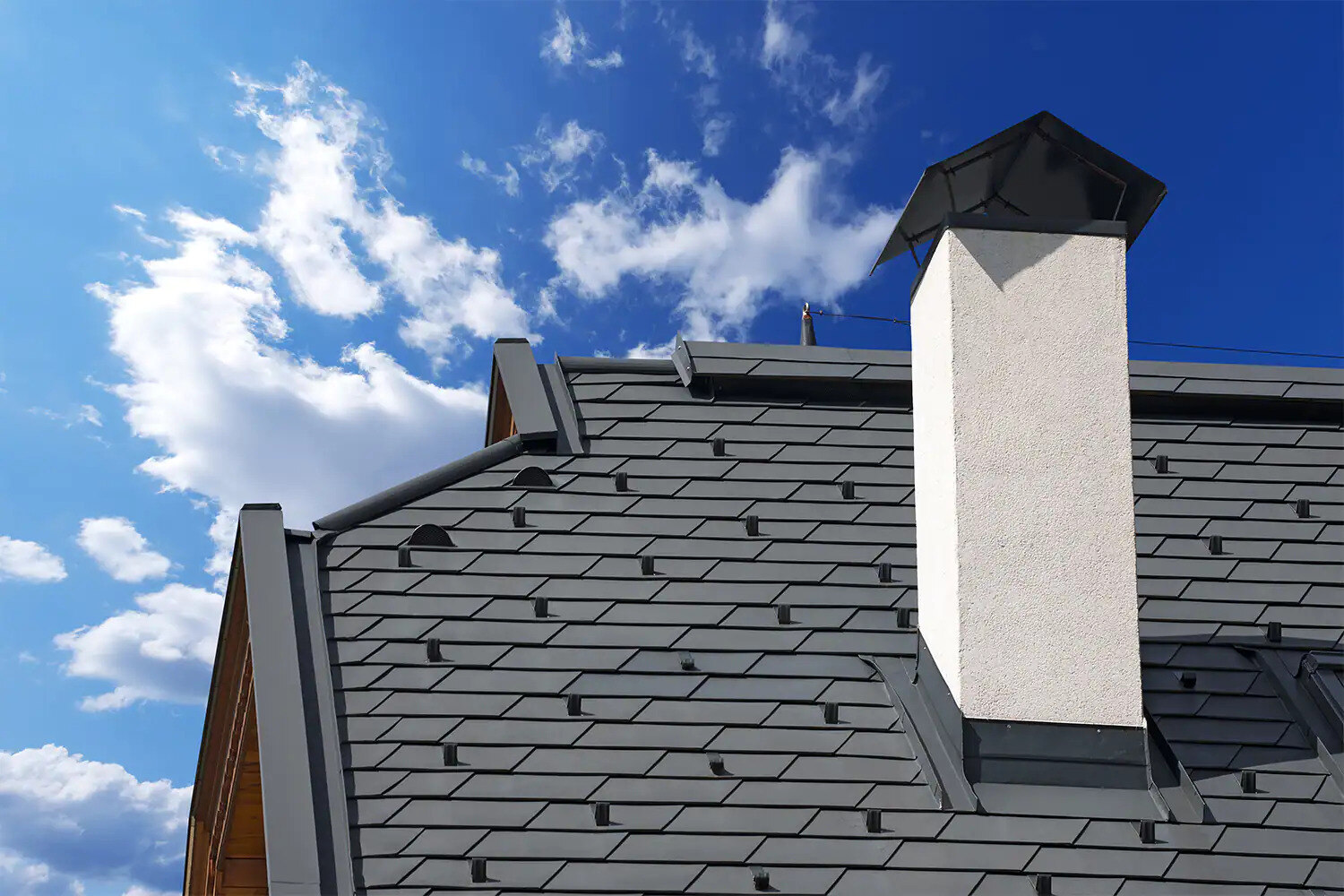

Articles
How High Does A Chimney Have To Be Above The Roof
Modified: February 28, 2024
Discover articles on the necessary chimney height above the roof for optimal ventilation and safety. Learn more about chimney regulations and guidelines.
(Many of the links in this article redirect to a specific reviewed product. Your purchase of these products through affiliate links helps to generate commission for Storables.com, at no extra cost. Learn more)
Introduction
A chimney is an essential component of a house, serving as a ventilation system for various fuel-burning appliances such as fireplaces, stoves, and furnaces. It directs smoke, gases, and combustion byproducts out of the house, ensuring proper air circulation and preventing the buildup of toxic fumes.
When it comes to installing a chimney, one crucial consideration is its height above the roof. The height is determined by a combination of factors, including safety requirements, building codes and regulations, and the specific fuel type being used.
In this article, we will explore the different factors that influence chimney height, examine the minimum height requirements according to building codes, discuss how to determine the optimal chimney height, and highlight the potential problems of inadequate chimney height. We will also outline some common mistakes to avoid when determining chimney height.
So, if you’re planning to install a chimney or are curious about the regulations surrounding chimney height, read on to ensure you have the necessary knowledge to make informed decisions.
Key Takeaways:
- Determining the optimal chimney height involves considering factors like appliance type, roof pitch, and local building codes. Professional guidance is crucial to ensure safe and efficient operation.
- Inadequate chimney height can lead to poor draft, backdraft, and increased fire hazards. Adhering to building codes and consulting with chimney experts is essential for optimal performance and safety.
Factors Affecting Chimney Height
Several factors come into play when determining the height of a chimney above the roof. Understanding these factors is crucial to ensure the safe and efficient operation of your chimney. Let’s take a look at some of the key factors:
- Appliance Type: The type of fuel-burning appliance connected to the chimney plays a significant role in determining the chimney height. Different appliances, such as fireplaces, wood stoves, gas stoves, or furnaces, require different amounts of airflow to function properly. This airflow is achieved by having an appropriately sized and positioned chimney.
- Roof Pitch: The pitch or angle of your roof affects the height of the chimney. Steeper roofs require taller chimneys to ensure proper draft and efficient venting of gases. The steeper the roof, the higher the chimney needs to be to create enough upward pull to expel combustion byproducts effectively.
- Chimney Diameter: The diameter of the chimney plays a role in determining its height. A larger diameter chimney often requires a taller height to provide sufficient draft. This is because a wider chimney allows for greater airflow and requires a taller vertical length to achieve the necessary upward pull.
- Location and Surroundings: The location of your property and the surrounding structures can impact chimney height. If your house is situated in the midst of tall trees or nearby taller buildings, it might be necessary to have a taller chimney to ensure proper draft and prevent downdrafts caused by wind obstructions.
- Local Climate: The climate in your area can influence the height of the chimney. In colder regions, where outdoor temperatures are significantly lower, a taller chimney helps create a stronger draft to prevent the formation of condensation that can lead to moisture-related issues.
It’s important to consult with a professional chimney expert or builder when determining the height of your chimney. They will consider these factors and provide you with the most appropriate chimney height for your specific circumstances. By taking these factors into account, you can ensure optimal performance and safety of your chimney system.
Building Codes and Regulations
When it comes to constructing a chimney, building codes and regulations play a crucial role in ensuring safety and compliance. These codes are established by local authorities and professional organizations to maintain uniform standards and protect homeowners from potential hazards.
Each jurisdiction may have its own specific requirements regarding chimney height, clearance distances, materials, and installation methods. It’s important to familiarize yourself with the local building codes before starting any chimney construction or modification project.
Here are a few key aspects of building codes and regulations that relate to chimney height:
- Minimum Height Requirement: Most building codes specify a minimum chimney height that must be met to ensure proper draft and prevent the risk of smoke or flue gases entering the living space. These requirements are often based on the type of fuel being burned and the specific appliance being used.
- Clearance to Combustibles: Building codes also outline the minimum clearances required between the chimney and any combustible materials, such as wood or insulation. This ensures that the heat generated by the chimney does not pose a fire hazard to the surrounding structures.
- APC (Area Permitted Capacity): The building codes may also include specifications regarding the area permitted capacity of the chimney. This refers to the cross-sectional area of the flue liner necessary to accommodate the volume of combustion gases produced by the fuel-burning appliance. The dimensions of the chimney, including its height and diameter, are determined based on these requirements.
- Professional Installation: Building codes often mandate that chimney installations, modifications, or repairs be carried out by licensed professionals who are knowledgeable about local regulations. This ensures that the chimney is constructed according to the required standards, minimizing the risk of structural failure or safety issues.
It is essential to work with a qualified chimney professional who is familiar with the local building codes and regulations. They will ensure that your chimney is built or modified in compliance with the applicable standards, keeping your home safe and up to code.
Minimum Height Requirements
The minimum height requirement for chimneys is an important aspect of building codes and regulations that must be adhered to. These requirements are in place to ensure proper draft, efficient ventilation, and the safe operation of fuel-burning appliances. Let’s take a closer look at the minimum height requirements for chimneys:
1. Clearance from the Rooftop: Building codes typically require chimneys to extend a certain distance above the highest point of the roof. The minimum clearance can vary depending on several factors, including the type of fuel being burned and the proximity of adjacent structures. This clearance helps prevent downdrafts, which can cause the accumulation of hazardous smoke and gases inside the home.
2. Minimum Height above the Roof: The specific minimum height above the roofline varies according to local building codes and can also be influenced by factors such as the pitch of the roof and the type of fuel being burned. For example, a chimney serving a fireplace may have different requirements than a chimney connected to a wood-burning stove or a furnace. It is important to consult the local building codes or a chimney professional to determine the minimum height requirement for your specific situation.
3. Flue Height above the Appliance: In addition to the height above the roof, building codes may also specify a minimum height requirement for the flue above the appliance it serves. This requirement ensures that proper draft is established, allowing for the efficient removal of smoke, gases, and byproducts of combustion.
4. Additional Considerations: It’s worth noting that minimum height requirements are just that – minimums. In some cases, it may be necessary or advisable to exceed these requirements. Factors such as nearby obstructions, wind patterns, and specific appliance recommendations should be taken into account when determining the ideal chimney height for optimal performance and safety.
Meeting the minimum height requirements for your chimney is essential to ensure its safe and effective operation. Failing to comply with these requirements can lead to inadequate ventilation, reduced draft, increased risk of downdrafts, and potential health hazards. Always consult with a professional chimney expert or refer to local building codes to determine the appropriate minimum height for your chimney installation.
Determining the Optimal Chimney Height
While building codes provide minimum height requirements for chimneys, determining the optimal chimney height goes beyond these guidelines. The optimal height is the height that ensures efficient draft, proper ventilation, and maximum performance of the fuel-burning appliance. There are a few key factors to consider when determining the optimal chimney height:
1. Appliance Type and Size: The type and size of the fuel-burning appliance play a significant role in determining the chimney height. Different appliances have varying requirements for draft and airflow. Larger appliances typically require taller chimneys to accommodate the increased volume of exhaust gases.
2. Ventilation Needs: Adequate ventilation is crucial for fuel-burning appliances. The chimney height should be sufficient to establish the necessary draft and ensure the proper removal of combustion byproducts. This prevents the buildup of harmful gases inside the home and enhances the appliance’s efficiency.
3. Ambient Factors: Factors such as wind patterns, nearby obstructions, and the local climate can impact chimney height. Wind patterns can create downdrafts, hindering proper ventilation. Tall trees or nearby buildings can also obstruct airflow, necessitating a taller chimney to compensate for these factors. In colder climates, a taller chimney can help maintain a stronger draft, preventing condensation and moisture-related problems.
4. Professional Guidance: Consulting with a professional chimney expert is highly recommended when determining the optimal chimney height. They have the knowledge, expertise, and experience to assess your specific situation and provide accurate recommendations. They will consider factors such as local building codes, appliance requirements, and your property’s unique characteristics to determine the optimal height for your chimney.
When determining the optimal chimney height, it’s important not to solely rely on the minimum height requirements outlined in building codes. Taking into account the specific needs of your fuel-burning appliance, the surrounding environment, and seeking professional guidance will ensure that your chimney is optimally designed to provide efficient ventilation and maximum performance.
Remember, the optimal chimney height is not a one-size-fits-all solution. Each situation is unique, and considering the factors mentioned above will help you determine the height that best suits your specific circumstances. An optimally designed chimney will not only ensure the safe operation of your fuel-burning appliance but also enhance your overall comfort and enjoyment.
The chimney should extend at least 3 feet above the highest point where it passes through the roof, and at least 2 feet higher than any portion of the building within 10 feet. This helps prevent downdrafts and ensures proper ventilation.
Read more: Why Does My Chimney Have Two Flues
Chimney Height for Different Types of Fuels
The optimal chimney height can vary depending on the type of fuel being burned in the appliance. Different fuels have distinct combustion characteristics, which can affect the draft requirements and the height necessary for efficient ventilation. Let’s explore the recommended chimney height for different types of fuels:
1. Wood: Wood-burning appliances, such as fireplaces and wood stoves, typically require taller chimneys due to the nature of wood combustion. The height is determined by factors such as the type of wood, the appliance’s efficiency, and the building’s location. As a general guideline, a minimum height of 3 feet above the highest point of the roof is recommended for wood-burning chimneys.
2. Gas: Gas-fired appliances, including gas fireplaces and stoves, typically require shorter chimney heights compared to wood-burning appliances. This is because gas fuels burn more cleanly and produce fewer combustion byproducts. However, it is still important to consult local building codes and the manufacturer’s recommendations to determine the appropriate chimney height for gas appliances.
3. Oil: Oil-burning appliances, such as boilers or furnaces, have specific requirements for chimney height. The height is determined by factors such as the fuel’s incombustible components, the appliance’s efficiency, and the building’s location. Oil chimneys are often taller than those for gas appliances and should comply with local building codes and manufacturer specifications.
4. Pellets and Biomass: Pellet stoves and biomass-fueled appliances also have their own chimney height requirements. These appliances burn wood pellets, corn, or other renewable fuels. The chimneys for these appliances typically have specific dimensions and clearances that are recommended by the appliance manufacturer. It is crucial to consult the manufacturer’s guidelines and local building codes to determine the appropriate chimney height.
When it comes to determining the optimal chimney height for different fuel types, it is essential to consider not only the combustion characteristics but also factors like appliance efficiency, local building codes, manufacturer recommendations, and environmental conditions. Working with a knowledgeable chimney professional who is familiar with the specific requirements for each fuel type is highly recommended to ensure proper ventilation and safe operation of your fuel-burning appliance.
Potential Problems with Inadequate Chimney Height
An inadequate chimney height can lead to several problems that can impact both the performance and safety of your fuel-burning appliance. Here are some potential issues that can arise due to inadequate chimney height:
1. Poor Draft and Ventilation: Inadequate chimney height can result in poor draft, which is the upward flow of air that carries combustion byproducts out of the chimney. Insufficient draft can cause incomplete combustion, leading to the buildup of smoke, gases, and soot within the appliance or even inside the living space. This can decrease heating efficiency, cause poor air quality, and potentially pose health risks.
2. Increased Risk of Backdraft: Without proper chimney height, there is an increased risk of backdraft. Backdraft occurs when the flow of air reverses, bringing smoke, gases, and combustion byproducts back into the house instead of venting them outside. This can result in a range of problems, including poor indoor air quality, foul odors, and potential health hazards.
3. Condensation and Moisture Problems: Inadequate chimney height can contribute to condensation issues. When the temperature of the flue gases drops too rapidly, moisture can condense inside the chimney, leading to the formation of creosote, a highly flammable substance. Additionally, moisture can damage chimney liners, brickwork, and other components of the chimney system, reducing its lifespan and potentially causing structural issues.
4. Increased Fire Hazard: A chimney with inadequate height may have insufficient clearance from combustible materials, such as roofing materials or nearby structures. This can increase the risk of fire as heat from the chimney can transfer to these materials and potentially ignite them. Adequate height helps to maintain proper clearance and reduce the risk of fire hazards.
5. Decreased Appliance Performance: Insufficient chimney height can negatively impact the overall performance of your fuel-burning appliance. A poorly functioning chimney can decrease efficiency, reduce heat output, and increase fuel consumption. This can result in higher energy costs and a less comfortable living environment.
To avoid these potential problems, it is essential to ensure that your chimney has the appropriate height based on factors such as the type of fuel being burned, the appliance type, local building codes, and environmental conditions. Consulting with a professional chimney expert can help identify any issues with inadequate chimney height and provide recommendations for the necessary adjustments or modifications to ensure optimal performance and safety of your chimney system.
Common Chimney Height Mistakes
When it comes to determining the height of a chimney, there are several common mistakes that people make. These mistakes can compromise the safety, efficiency, and performance of the chimney system. Here are some common chimney height mistakes to avoid:
1. Ignoring Building Codes: One of the most common mistakes is disregarding local building codes and regulations regarding chimney height. Building codes provide guidelines and standards to ensure proper draft and safe operation. Failing to adhere to these codes can result in inefficient ventilation, increased fire hazards, and potential legal consequences.
2. Choosing the Wrong Appliance for the Chimney: Selecting an appliance that is not compatible with the chimney’s height and dimensions is a common oversight. Different appliances have specific requirements for draft and airflow. Using an appliance that does not match the chimney’s specifications can lead to poor performance, inadequate ventilation, and potential safety issues.
3. Overlooking Roof Pitch: The pitch or angle of the roof plays a crucial role in determining the height of the chimney. Neglecting to consider the roof pitch can result in a chimney that is either too short or too tall for proper ventilation. It is essential to account for the roof pitch when determining the optimal chimney height.
4. Not Consulting a Professional: Attempting to determine the chimney height without consulting a professional chimney expert is a mistake that many homeowners make. Chimney professionals have the knowledge and experience to accurately assess the specific requirements for your chimney system, taking into account factors such as fuel type, appliance size, local building codes, and environmental conditions.
5. Disregarding Environmental Factors: Failing to consider environmental factors, such as nearby obstructions or wind patterns, can lead to inadequate chimney height. Tall trees, neighboring buildings, or other obstructions can block airflow and diminish proper draft, resulting in poor ventilation and decreased performance of the chimney.
6. Not Prioritizing Safety: Some homeowners prioritize aesthetics over safety when determining chimney height. Instead of focusing solely on the visual appeal, it is crucial to prioritize safety considerations, such as sufficient clearance from combustible materials, proper draft, and efficient ventilation.
Avoiding these common chimney height mistakes is essential to ensure the safe and effective operation of your chimney system. Engage with a qualified chimney professional who can provide expert guidance, assess the specific requirements of your fuel-burning appliance, and ensure compliance with local building codes. By doing so, you can avoid potential issues and enjoy a well-functioning and safe chimney system.
Conclusion
Determining the optimal chimney height is a crucial factor in maintaining the efficient operation and safety of your fuel-burning appliance. Understanding the factors that influence chimney height, complying with building codes and regulations, and avoiding common mistakes can help ensure that your chimney system performs at its best.
Factors such as the type of fuel, appliance size, roof pitch, and environmental conditions all play a role in determining the appropriate chimney height. Consulting with a professional chimney expert who is knowledgeable about local building codes and regulations is highly recommended to ensure that your chimney meets safety standards and performs optimally.
Inadequate chimney height can lead to problems such as poor draft, backdraft, condensation, and increased fire hazards. These issues can compromise the efficiency of your appliance, reduce heating performance, and even pose health risks. It is crucial to prioritize safety considerations and adhere to building codes to prevent these problems.
Remember that minimum height requirements are just the baseline, and the optimal chimney height may exceed these requirements based on specific factors. Taking into account appliance type, ventilation needs, and local conditions will help you determine the most suitable chimney height for your situation.
By thoroughly understanding the factors affecting chimney height, following building codes, and seeking professional guidance, you can ensure that your chimney system operates safely, efficiently, and provides you with years of comfort and enjoyment.
So, whether you are installing a new chimney or assessing the height of an existing one, make sure to consider all the necessary factors and consult with professionals to make informed decisions. Your chimney’s height may be a small detail, but it plays a critical role in the overall performance and safety of your fuel-burning appliance.
Frequently Asked Questions about How High Does A Chimney Have To Be Above The Roof
Was this page helpful?
At Storables.com, we guarantee accurate and reliable information. Our content, validated by Expert Board Contributors, is crafted following stringent Editorial Policies. We're committed to providing you with well-researched, expert-backed insights for all your informational needs.
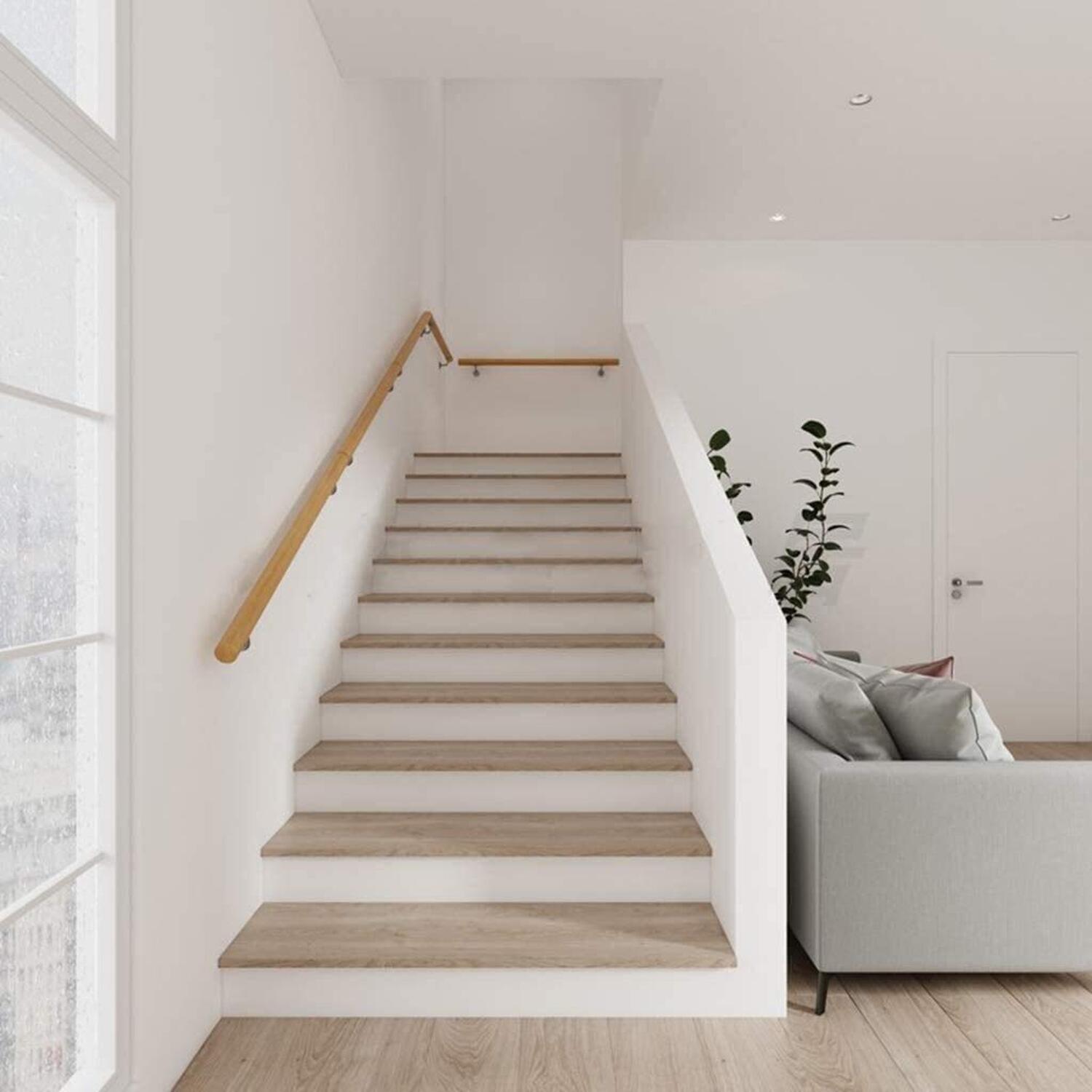

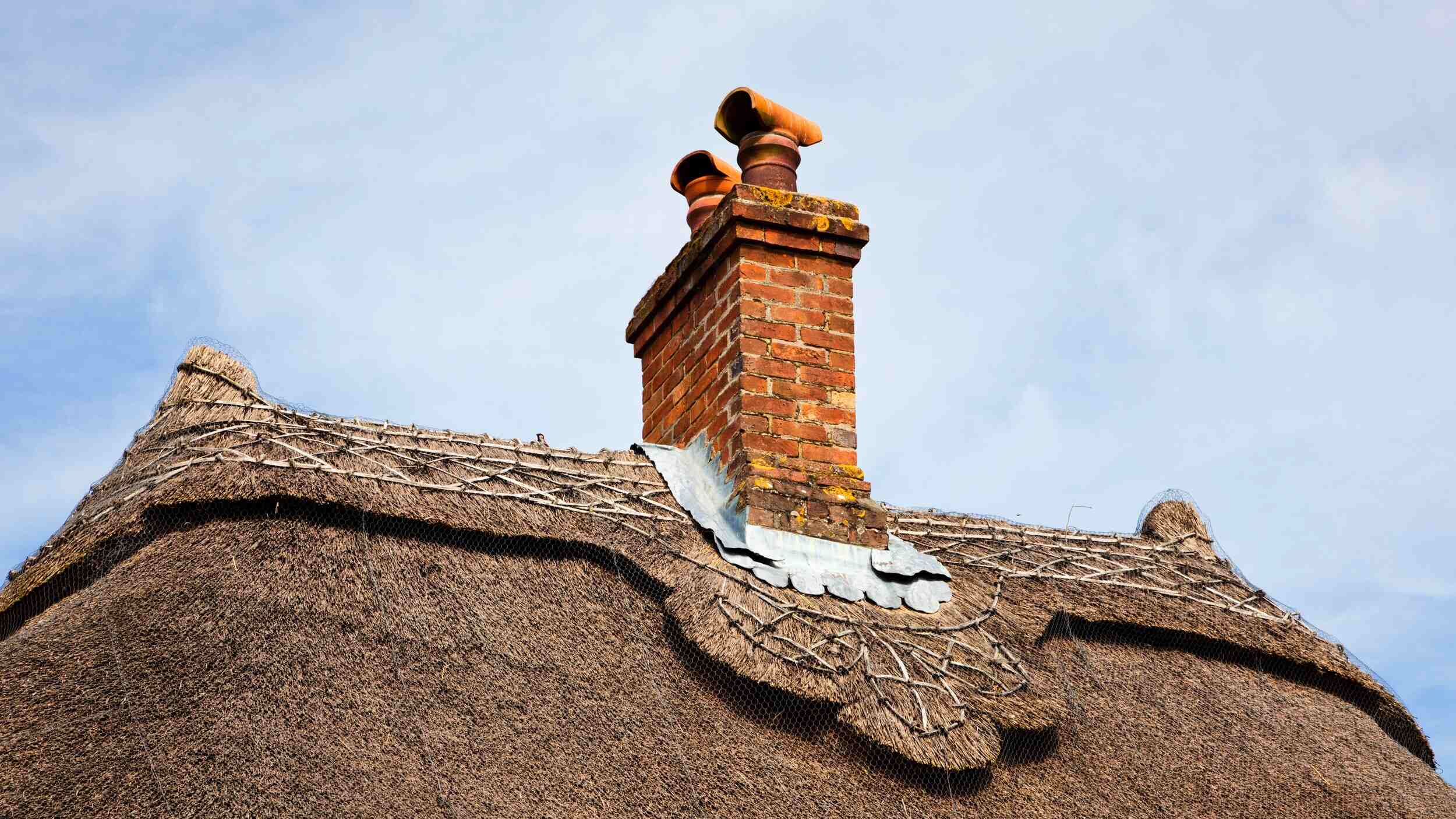
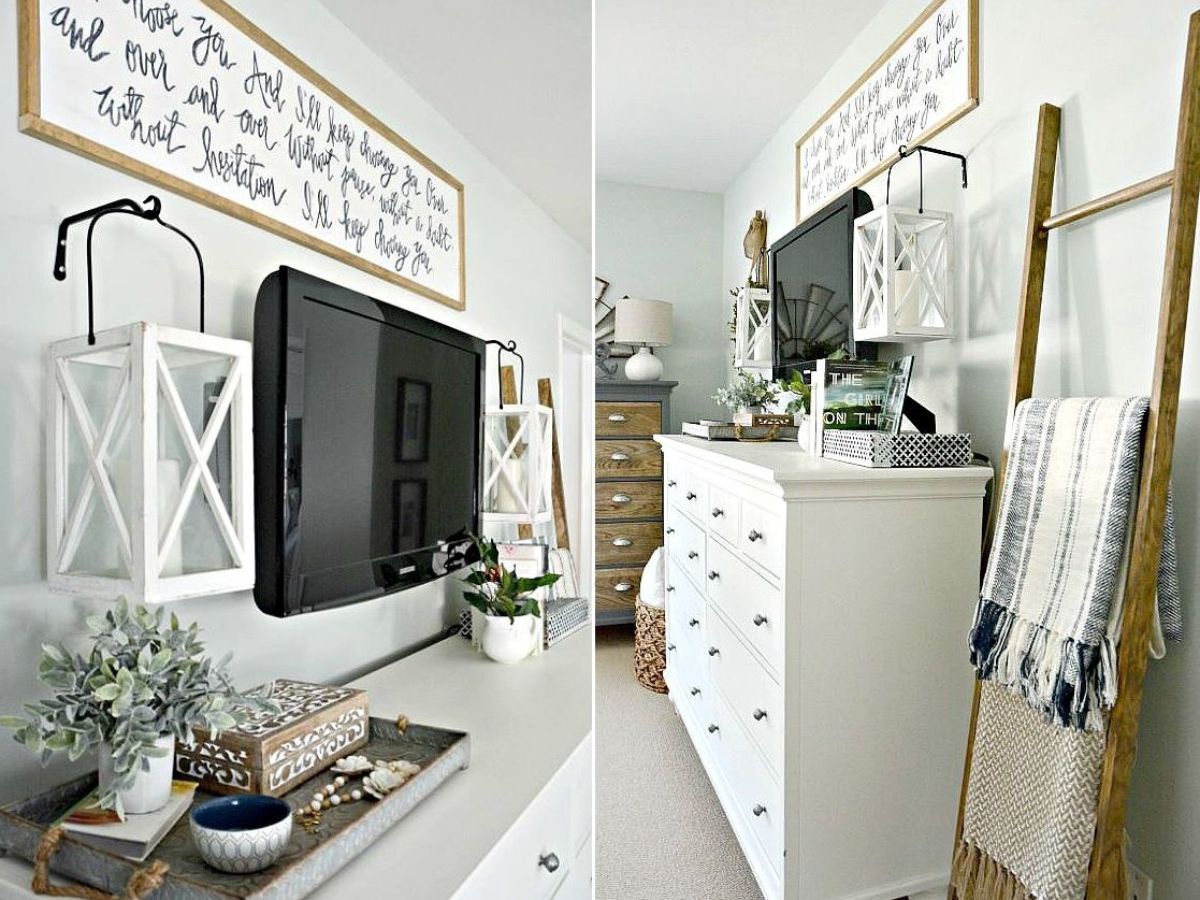



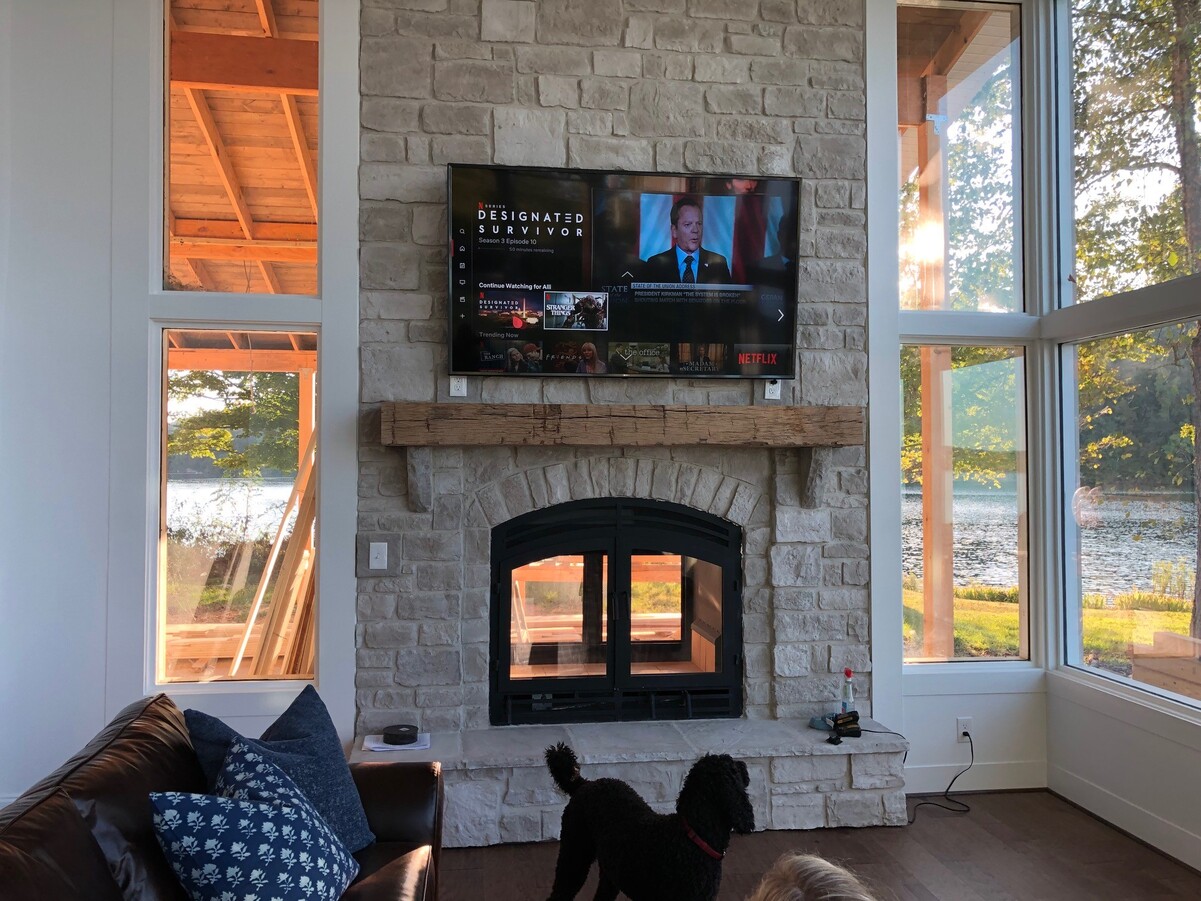
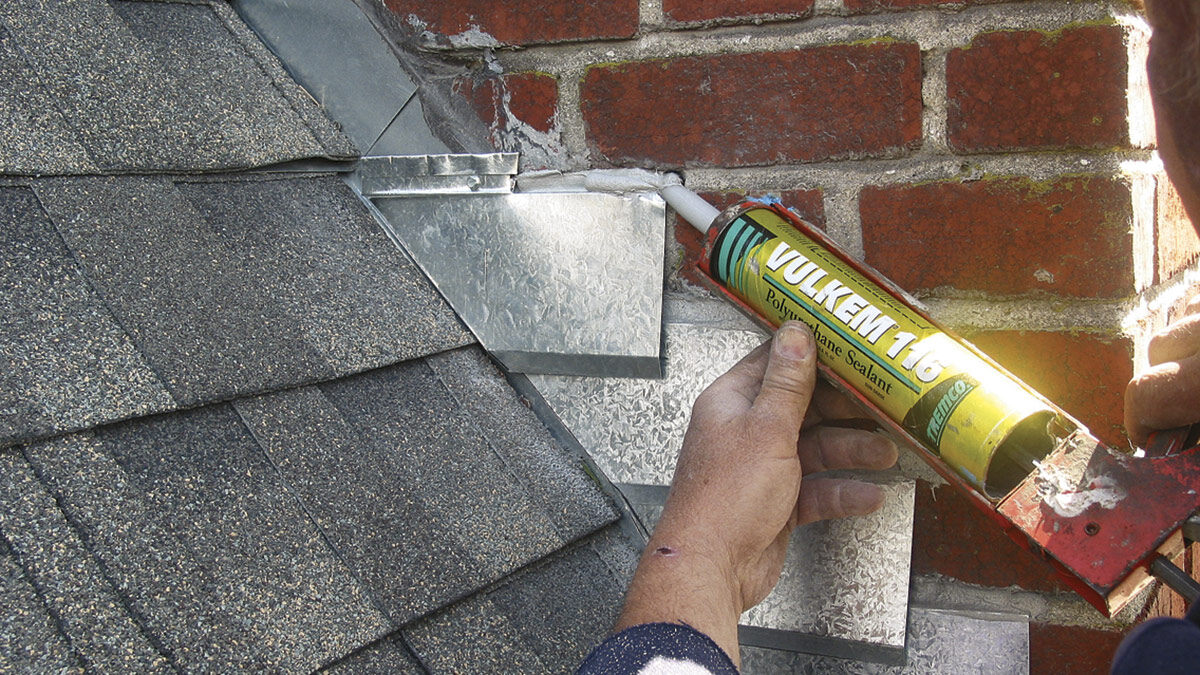


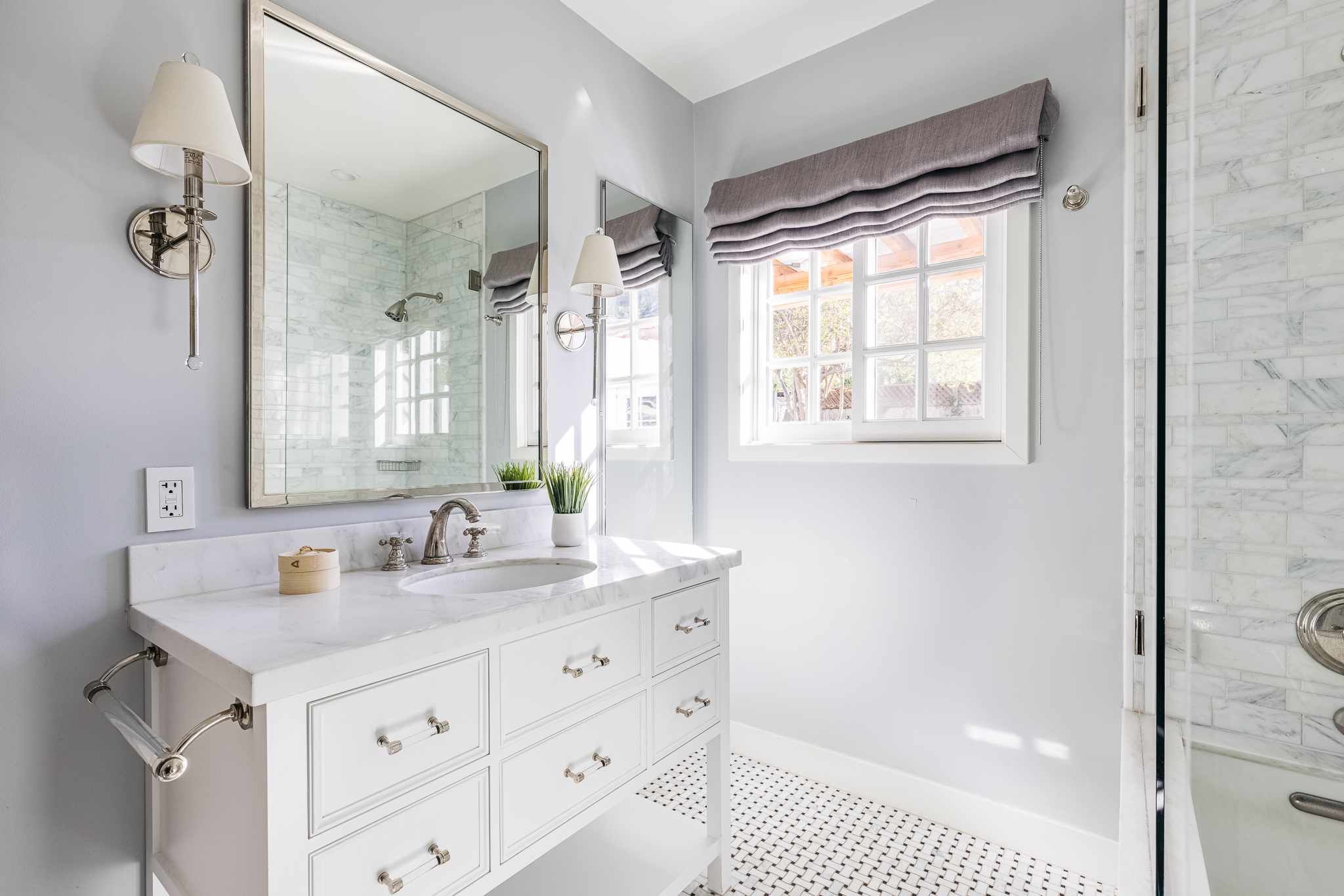

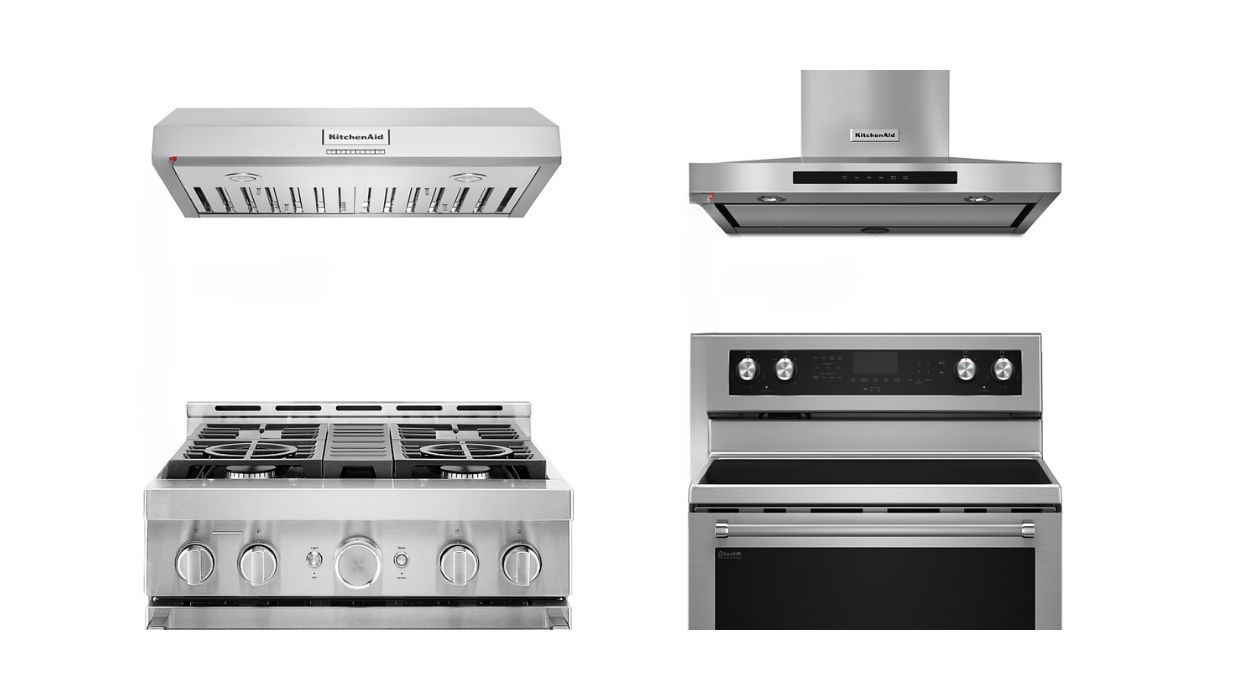

0 thoughts on “How High Does A Chimney Have To Be Above The Roof”